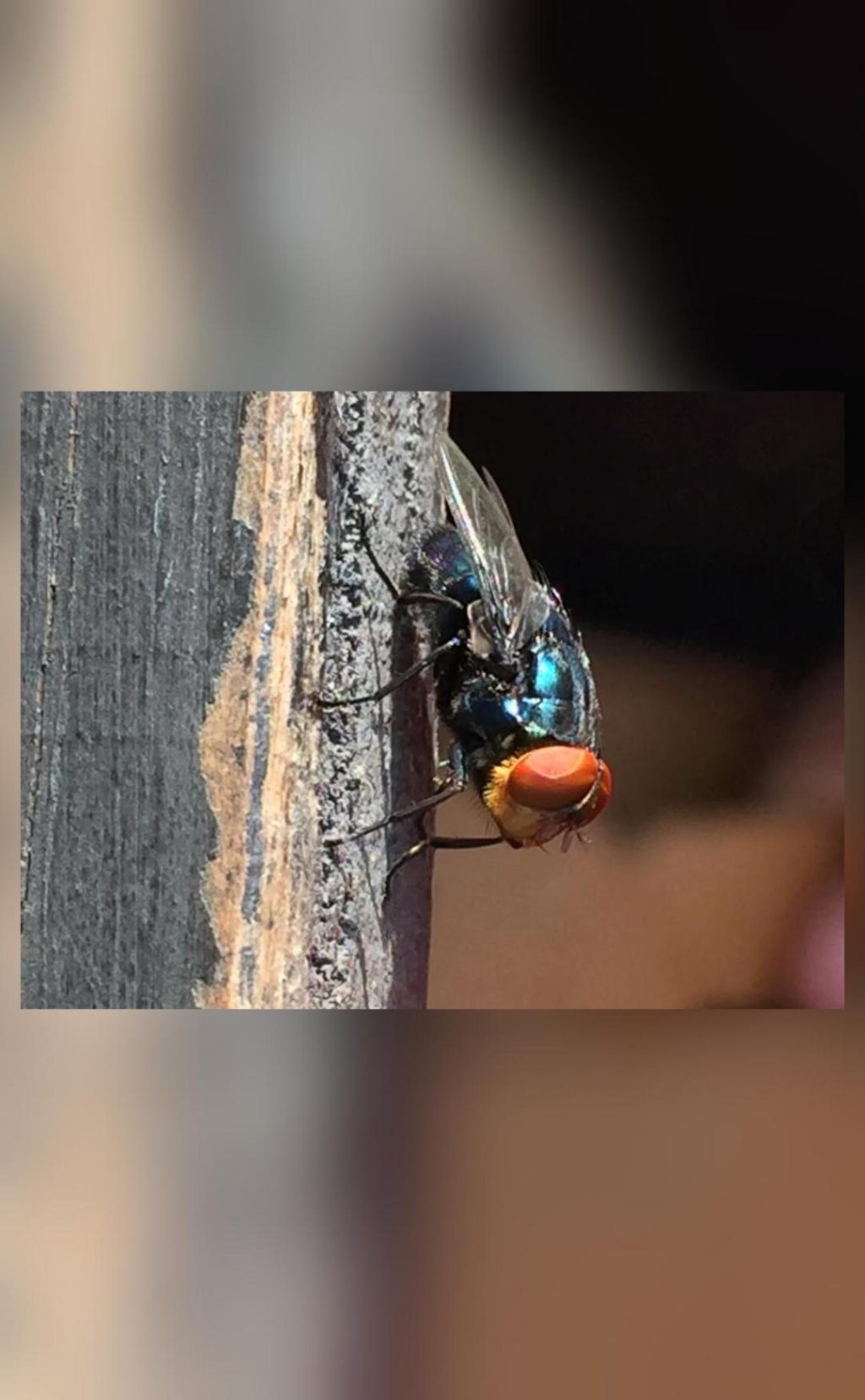
Why is US planning to breed screwworm flies & dump them from planes over Mexico?
In a bizarre attempt to protect its beef industry from a flesh-eating pest, the United States government is planning to breed billions of male flies and dump them from planes over Mexico and southern Texas. This unusual strategy is aimed at eradicating the New World screwworm fly, a parasite that can cause severe harm to cattle and other livestock.
According to reports, the US Department of Agriculture (USDA) has launched a massive project to sterilize male screwworm flies using radiation. These sterile males will then be released over a vast area in Mexico and southern Texas, where they will mate with female flies, producing no offspring. The goal is to eventually eliminate the population of screwworm flies in the region.
The New World screwworm fly, also known as Chrysops spp., is a type of fly that is native to the Americas. Its larvae feed on the flesh of warm-blooded animals, including cattle, horses, and even humans. The fly’s bite can cause painful swelling and inflammation, and if left untreated, can lead to serious infections and even death.
The screwworm fly is a major concern for the US beef industry, as it can cause significant economic losses and threaten the health and safety of livestock. In fact, the fly’s larvae can infest an animal’s body, causing severe damage and even death. The infestation can also lead to a decrease in milk production, reduced fertility, and even the death of the animal.
To combat this threat, the USDA has turned to a novel approach: genetic modification. The agency has developed a radiation-based method to sterilize male screwworm flies, making them unable to reproduce with female flies. This approach is known as Sterile Insect Technique (SIT), and it has been used successfully in the past to control the population of other pests, such as mosquitoes and fruit flies.
The process of breeding and sterilizing the flies is complex and involves several steps. First, the USDA collects screwworm flies from the wild and breeds them in controlled facilities. The flies are then sterilized using radiation, which renders them unable to reproduce. The sterilized males are then packed into specialized containers and released from planes over the affected area.
The key to the success of this approach lies in the fact that female screwworm flies are attracted to the pheromones emitted by male flies. The sterilized males, which are genetically identical to the wild males, will mate with the female flies, producing no offspring. Over time, the population of screwworm flies will decline, and eventually, the fly will be eradicated from the region.
The US government is planning to release billions of sterilized male flies over a period of several months, with the goal of eradicating the screwworm fly population by the end of 2023. The project is expected to cost around $10 million, which is a relatively small price to pay considering the economic losses and health risks associated with the screwworm fly infestation.
While the idea of breeding and releasing billions of flies may seem unusual, it is a tried and tested approach that has been used successfully in the past. In fact, SIT has been used to control the population of screwworm flies in other parts of the world, including the Caribbean and Central America.
In conclusion, the US government’s plan to breed and release sterilized male screwworm flies is a bold and innovative approach to eradicating a major pest that threatens the health and safety of livestock. While it may seem unusual, the technique has been shown to be effective in the past, and it offers a promising solution to a problem that has plagued the beef industry for decades.






